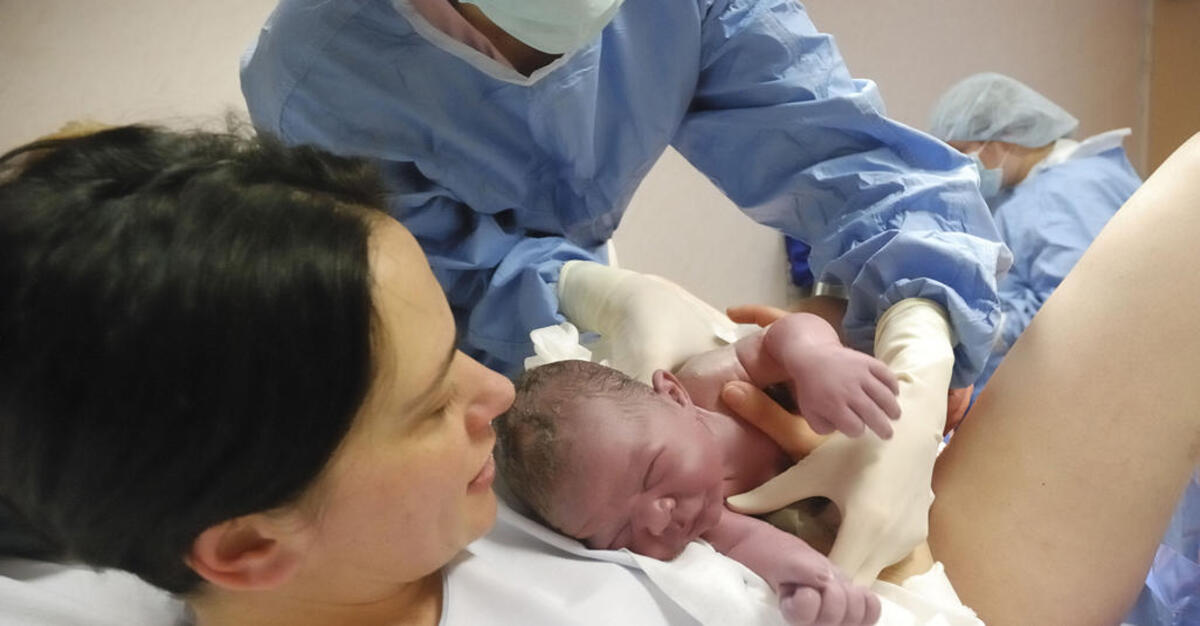
Childbirth is a unique experience that varies from woman to woman. While some women may have a natural delivery, others may require medical intervention to help deliver the baby. One such intervention is an episiotomy, a surgical cut made in the area between the vagina and anus, known as the perineum. An elective episiotomy is one that is performed even when there is no physical need for it. In this blog post, we will explore what an elective episiotomy is, why it might be suggested, and whether it is something you should opt for.
Having an episiotomy was a common practice during childbirth in the past before the risks associated with it became known. It was once believed that an episiotomy would help prevent tearing of the perineum, reduce delivery time, and prevent damage to the pelvic muscles. However, research has not supported these beliefs, and episiotomies are now only performed in specific circumstances, such as when there is a risk of the baby’s shoulders being stuck during delivery and where maneuvers maybe necessary to help with delivery of the baby.
An elective episiotomy is performed simply to speed up delivery or reduce the risk of tears. Midwives and practitioners may suggest an elective episiotomy to women who are at risk of tearing during delivery or for women who have a fear of tearing. However, research shows that an elective episiotomy is not necessary and can cause more harm than good.
In fact, elective episiotomies can increase the risk of severe tears, ongoing pain, and postpartum complications such as urinary and faecal incontinence. The procedure also carries the risk of infection and bleeding, which can cause problems for the mother and baby if not addressed promptly.
If you are pregnant, you may be wondering whether an elective episiotomy is right for you. It is essential to discuss your childbirth plan with your midwife or obstetrician. They can help you understand your risk factors for tearing and recommend alternative methods to minimize the risk, such as perineal massage, using different positions during delivery, or allowing the perineum to stretch naturally.
Conclusion:
In conclusion, an elective episiotomy is a surgical cut made in the perineum during childbirth, without a medical reason. While this procedure was once commonplace, it is no longer considered necessary and can cause more harm than good. If you are considering whether an elective episiotomy is right for you, it is important to discuss your risk factors with your midwife or physician, who can help you explore alternative methods to reduce the risk of tearing and ease fear during delivery. Ultimately, the decision to have an elective episiotomy should be made with full knowledge of the potential risks and benefits.
The information found anywhere on this website, including but not limited to text, graphics, images and any other material therewith is for information purposes only. No material on this website is intended to be a substitute for professional personalised medical advice, diagnosis or treatment. By providing the information contained herein we are not diagnosing, treating, curing, mitigating or preventing any type of disease or medical condition. Always seek the advice from a registered health care professional if you have any questions regarding any medical concerns or conditions. Do not disregard professional medical advice or delay in seeking it because of something you have read on this website.
This website is not meant to be self-treating but is a supplement to the care given by competent medical health professionals. Hegenberger Medical take no responsibility for any damage suffered by any woman or baby. Our opinions are our own and do not replace advice from competent medical health professionals. The material on this site may not be reproduced, distributed, transmitted, cached, or otherwise used, except with the prior written permission of Hegenberger Medical.
